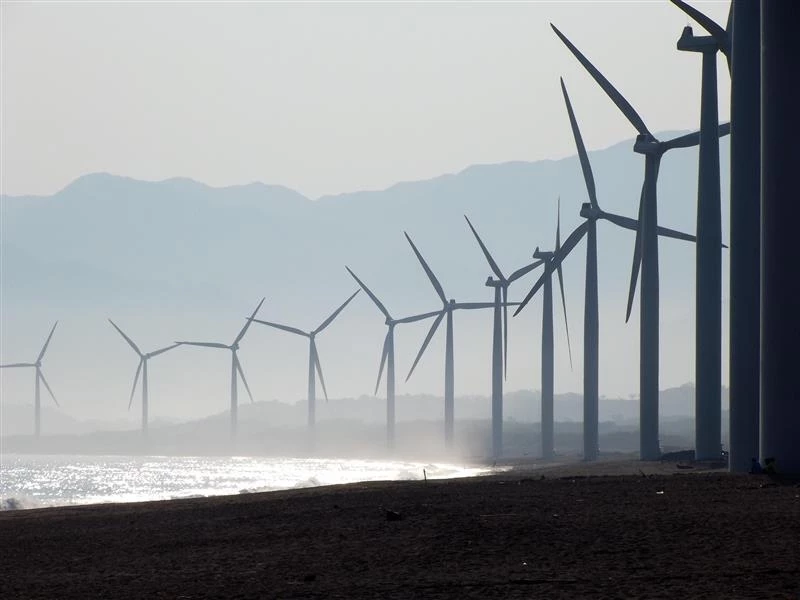China is currently the world’s largest market for electric vehicles (EV). According to the Pew Research Center, of the 10.2 million EVs globally, 44% are found within China. That’s an EV market size of more than 4.5 million—much more than Europe (31%) and the United States (17%). In fact, BYD founder Wang Chuanfu projects that EVs will account for 70% of China’s new car sales by 2030.
Currently, competition within the automobile industry in Asia is driven by China, Japan, India, and South Korea. But while these countries are home to some of the world’s most prolific vehicle manufacturers, it is China that is gearing up to set the Asian standard for EV manufacturing and technology, due to several key factors.
China’s EV Subsidy Policy
An important growth factor in China’s fast adoption of electric vehicles is the government’s subsidy policy, launched in 2009 to reward consumers who purchase EVs. While the subsidy was slated to end in 2020, the COVID-19 pandemic has led the government to extend the policy to 2022. According to data compiled by Fastmarkets, EVs with a driving range of 300-400km have a subsidy of 13,000 yuan (around USD 2,000), while those with a driving range of 400km or more have an allotment of 18,000 yuan (USD 2,778).
The South China Morning Post reports that the Chinese government is keen to expand the domestic electric vehicle industry and foresees 40% of all passenger vehicles as EVs by 2030. The country also wants to be a leader in reducing carbon emissions and views the rise of electric vehicles as integral to this objective.

CNBC reports that Chinese brands are set to account for 60% of all electric vehicle sales by 2030—an impressive figure that puts into perspective the rapid growth of the industry. While Western manufacturer Tesla is still a notable and highly popular name in the local EV scene, more consumers are choosing to purchase domestic brands after being disappointed by other Western imports. For example, German car maker Volkswagen launched its flagship ID series of electric vehicles in the country to little fanfare. An article from Reuters cites the Volkswagen’s lack of “smart” features as the main reason for its sluggish sales, as Chinese customers expect cutting-edge, almost “science fiction-like” technology in their EVs.
Case in point: XPeng, a leading domestic EV company, recently launched a futuristic upgrade for its P7 vehicle customers. The Valet Parking Assist, or VPA, is the company’s new in-house automatic parking assistance feature—a memory-based parking system that is said to be a major breakthrough in autonomous driving functions.
Local Market Know-How
Even smaller players in China are gaining traction: SAIC-GM-Wuling Automobile Co.’s Hongguang Mini, which retails at a modest starting price of USD 4,500, is outselling bigger players by large margins. According to Al-Jazeera, the company has sold 270,000 cars in just nine months, becoming the best-selling EV in China.
Unlike other manufacturers, Wuling was also able to attract young, mostly female buyers through their deep knowledge of the local market. Wuling deployed a targeted marketing campaign to draw millennial and Gen Z buyers by being active and responsive on social media, building a rapport with an audience who might be intimidated by some of the bigger and pricier EV players.
The Hongguang Mini’s success is influenced not only by its affordable price, but the vehicle’s customizable nature as well. Its latest iteration is the Macaron, which comes in a variety of bright colors, is outfitted with the latest smart technology, and can easily be personalized using “stickers” for the car’s body and panels to reflect the owner’s personality and interests.

A Futuristic Outlook
Government support, top-notch technology, and market know-how: as the EV industry evolves, the approach taken by China to secure their place in the market ensures that the domestic market’s future outlook is bright. Potential investors have vast opportunities to innovate within this space, and can create sophisticated and cutting-edge products to grow the segment even further.
Receive business insights from all over Asia. Subscribe to our newsletter here.







